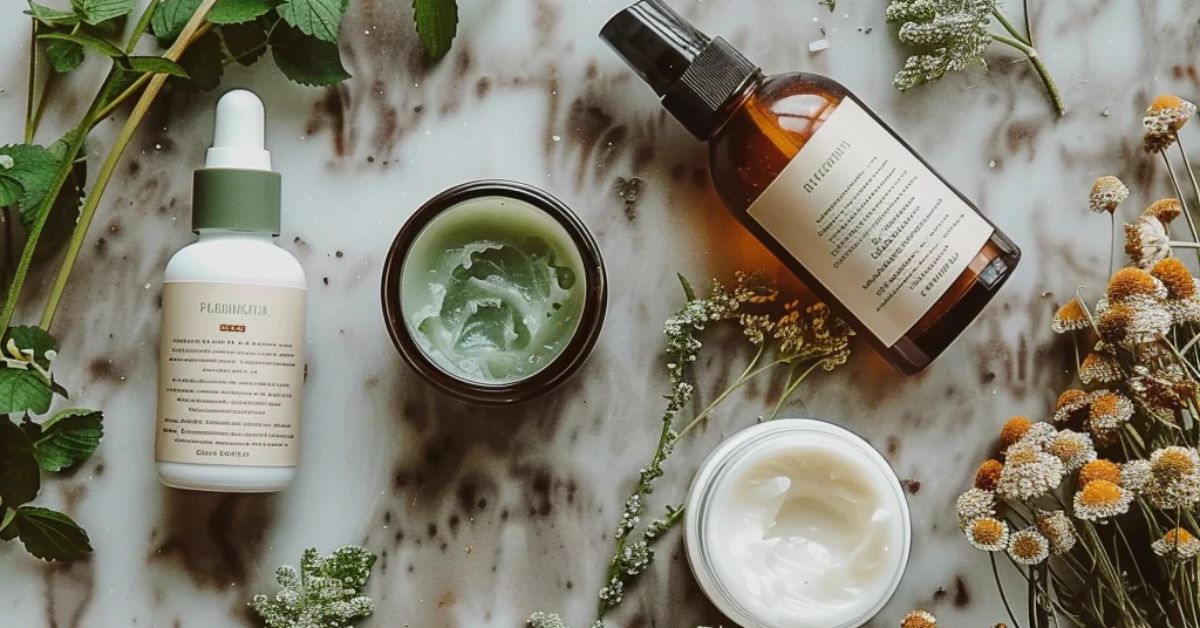
Ayurveda, the ancient system of medicine from India, has been promoting natural beauty and wellness for thousands of years. Rooted in the principles of balance and holistic health, Ayurvedic skin care harnesses the power of nature to nourish and rejuvenate the skin. In this ultimate guide, we will explore the secrets of ayurvedic skin care products, providing you with natural beauty tips that can help you achieve radiant, healthy skin.
Understanding Ayurveda and Skin Care
Ayurveda is based on the concept of balance, particularly the balance of the three doshas: Vata, Pitta, and Kapha. Each dosha represents different elements and energies in the body, and imbalances can manifest as various skin issues. By understanding your dosha and tailoring your skin care routine accordingly, you can promote harmony and achieve glowing skin.
Identifying Your Dosha
-
Vata (Air and Space): Vata skin is typically dry, thin, and prone to premature aging. It can be sensitive to cold weather and tends to develop fine lines and wrinkles easily.
-
Pitta (Fire and Water): Pitta skin is usually fair, sensitive, and prone to redness and inflammation. It can be oily and may suffer from acne and sunburns.
-
Kapha (Water and Earth): Kapha skin is thick, oily, and prone to congestion and enlarged pores. It is less sensitive and ages slower but can develop cystic acne.
To determine your skin type, consider these characteristics and observe your skin’s behavior under different conditions. Once you identify your dosha, you can choose the appropriate Ayurvedic skin care practices.
Ayurvedic Skin Care Practices
Cleansing
Cleansing is a crucial step in Ayurvedic skin care. It helps remove impurities, excess oil, and dead skin cells, allowing your skin to breathe and regenerate.
-
Vata Skin: Use gentle, moisturizing cleansers with ingredients like rose water, aloe vera, and milk. Avoid harsh soaps and hot water.
-
Pitta Skin: Opt for cooling cleansers with ingredients like cucumber, sandalwood, and mint. Avoid hot water and abrasive scrubs.
-
Kapha Skin: Use invigorating cleansers with ingredients like lemon, turmeric, and neem. Exfoliate regularly to prevent congestion.
Exfoliation
Exfoliation helps remove dead skin cells and promotes cell renewal. Ayurvedic exfoliation involves using natural ingredients that gently slough off dead skin without causing irritation.
-
Vata Skin: Exfoliate once a week with a gentle scrub made from oats, almond meal, and milk.
-
Pitta Skin: Exfoliate 1-2 times a week with a scrub made from ground red lentils, turmeric, and yogurt.
-
Kapha Skin: Exfoliate 2-3 times a week with a scrub made from chickpea flour, turmeric, and lemon juice.
Moisturizing
Moisturizing is essential for maintaining skin hydration and elasticity. Ayurvedic moisturizers often include nourishing oils and butters.
-
Vata Skin: Use rich, hydrating oils like sesame oil, almond oil, and shea butter.
-
Pitta Skin: Use light, cooling oils like coconut oil, aloe vera gel, and sunflower oil.
-
Kapha Skin: Use light, non-comedogenic oils like jojoba oil, grapeseed oil, and aloe vera gel.
Ayurvedic Face Masks
Face masks provide deep nourishment and rejuvenation. Here are some Ayurvedic face mask recipes for each dosha:
-
Vata Skin: Mix mashed avocado, honey, and a few drops of sesame oil. Apply and leave on for 15-20 minutes.
-
Pitta Skin: Mix sandalwood powder, rose water, and a pinch of turmeric. Apply and leave on for 10-15 minutes.
-
Kapha Skin: Mix chickpea flour, yogurt, and a few drops of lemon juice. Apply and leave on for 10-15 minutes.
Herbal Infusions
Herbs play a significant role in Ayurvedic skin care. They can be used in various forms, such as infusions, oils, and powders.
-
Vata Skin: Use herbs like ashwagandha, licorice, and chamomile for their soothing and hydrating properties.
-
Pitta Skin: Use herbs like neem, manjistha, and aloe vera for their cooling and anti-inflammatory properties.
-
Kapha Skin: Use herbs like turmeric, ginger, and tulsi for their purifying and invigorating properties.
Diet and Lifestyle
Ayurveda emphasizes the connection between diet, lifestyle, and skin health. Eating a balanced diet and maintaining a healthy lifestyle can significantly impact your skin.
-
Vata Skin: Eat warm, nourishing foods like soups, stews, and cooked grains. Avoid cold, dry, and raw foods. Practice regular oil massages and stay warm.
-
Pitta Skin: Eat cooling, hydrating foods like fruits, vegetables, and dairy products. Avoid spicy, oily, and fried foods. Practice stress-relief techniques like meditation and yoga.
-
Kapha Skin: Eat light, warming foods like vegetables, legumes, and whole grains. Avoid heavy, oily, and sugary foods. Engage in regular exercise and detox practices.
Ayurvedic Skin Care Tips
-
Hydrate Well: Drink plenty of water to keep your skin hydrated and flush out toxins.
-
Practice Oil Pulling: Swish a tablespoon of sesame or coconut oil in your mouth for 15-20 minutes daily to detoxify and promote oral health.
-
Use Sunscreen: Protect your skin from harmful UV rays with a natural, broad-spectrum sunscreen.
-
Get Adequate Sleep: Ensure you get 7-8 hours of sleep each night to allow your skin to repair and rejuvenate.
-
Practice Abhyanga: Regular self-massage with warm oils tailored to your dosha can improve circulation, detoxify, and nourish the skin.
Conclusion
Ayurvedic skin care offers a holistic approach to achieving radiant, healthy skin. By understanding your dosha and incorporating natural beauty secrets into your routine, you can balance your skin’s needs and promote long-term health. Embrace the wisdom of Ayurveda and enjoy the benefits of natural, personalized skin care that goes beyond superficial beauty to nurture your skin from within.









